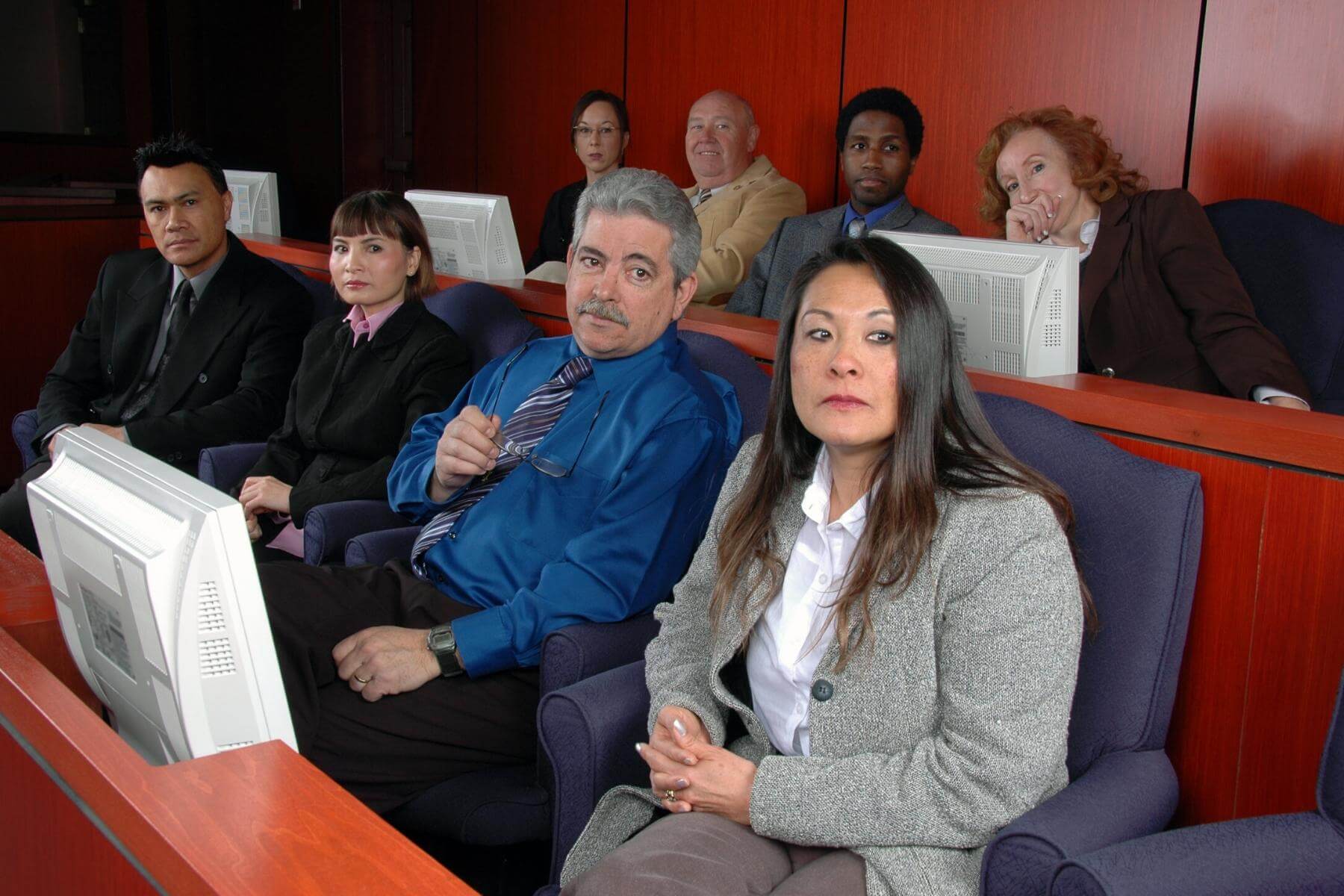Successful litigation require well-crafted trial presentations for maximum impact.
Successful litigation require well-crafted trial presentations for maximum impact.
Blog Article
Discover the Significance of Trial Presentations for Successful Legal Outcomes
In the realm of lawsuits, the performance of test presentations can often be the decisive element in securing favorable lawful results. As we check out the important components of impactful test presentations, one should consider just how these aspects intertwine to affect the last judgment.
Recognizing Test Discussions
Comprehending trial discussions is crucial for legal professionals looking for to properly convey their disagreements and evidence to a court. A test presentation works as a vital tool in the courtroom, transforming complicated lawful concepts and instance details into a meaningful story that jurors can easily understand. Lawful practitioners have to identify that jurors are typically laypeople, not familiar with lawful jargon and step-by-step intricacies. The capability to distill information into clear and compelling visuals, together with oral disagreements, substantially enhances the possibilities of beneficial outcomes.
Furthermore, the structure and distribution of a trial discussion can affect juror perceptions and decision-making. Reliable presentations use a combination of storytelling, visuals, and persuasive strategies to engage jurors and keep their interest throughout the trial. This needs thorough planning and prep work, as each component must straighten with the case method and objectives.
In addition, understanding the emotional elements of juror behavior is necessary in crafting a successful trial presentation. Attorneys have to take into consideration just how jurors translate details, reply to sob stories, and form predispositions. By addressing these factors, attorneys can develop discussions that reverberate with jurors, inevitably aiding in the search of justice.
Key Elements of Effective Presentations
Effective test presentations rest on several key components that jointly improve their effectiveness. First and foremost, quality is vital; legal debates need to be articulated in a straightforward fashion, staying clear of jargon that could perplex the jury. Presenters must structure their disagreements realistically, guiding the target market through the narrative in a systematic series.

Aesthetic help also play a crucial function in effective presentations. Properly designed slides, graphes, and graphics can aid boil down complex info and enhance bottom lines, making them more unforgettable. In addition, using storytelling methods can involve the court emotionally, producing a link that goes beyond mere truths.
Another important component is the speaker's delivery design. Self-confidence, interest, and ideal body movement can considerably affect how the message is received. Exercising efficient eye contact and vocal variation maintains the court mindful and bought the discussion.

Influence On Court Assumption
The effect of trial discussions on court perception is extensive, as the way details is conveyed can dramatically influence jurors' analyses and choices. Jurors are charged with assessing intricate details and making resolutions based on evidence provided during the test. Reliable discussions that make use of clear visuals, engaging narratives, and organized web content can improve jurors' understanding and retention of key facts.
Moreover, the psychological tone and shipment of the discussion play a crucial duty in forming jurors' mindsets. Discussions that reverberate psychologically can produce empathy and connection, persuading jurors towards the lawyer's perspective. Alternatively, a poorly structured or overly technological presentation can bring about complication and disengagement, leading to unfavorable assumptions of the situation.
Additionally, jurors typically count on non-verbal signs, such as body movement and eye contact, advice which can influence their count on the presenter - trial presentations. Attorneys should be acutely aware of exactly how their discussion style can either strengthen or undermine their debates. In recap, well-executed trial discussions are crucial for assisting jury perception and inevitably affecting the outcome of lawful procedures
Techniques for Engaging Narration
A reliable story must resonate with jurors on an emotional level while plainly describing the truths of the instance. This motif serves as a guiding string throughout the discussion, assisting jurors make links and maintain info.
Utilizing character growth is essential; humanizing the parties entailed allows jurors to understand with their experiences. Introduce vital figures early, providing context and history to make them relatable. Furthermore, using a clear framework-- starting with an appealing introduction, followed by a well-organized body, and ending with a powerful resolution-- makes sure the narrative flows realistically and preserves juror passion.
Incorporating dazzling imagery and detailed language can additionally enhance the tale, creating mental images that make the realities much more memorable. Lastly, the use of rhetorical inquiries can prompt thought and reflection, triggering jurors to proactively involve with the story. By using these techniques, attorneys can produce narratives that reverberate deeply, ultimately influencing the court's decision-making procedure.
Enhancing Proof With Aesthetic Aids
While presenting proof in a test, the combination of helpful site visual help can substantially enhance understanding and retention amongst jurors. Aesthetic aids, such as charts, graphs, photos, and videos, serve to clarify complicated info and produce an extra interesting narrative. By illustrating vital factors, these devices aid jurors to attract links in between proof and the situation's overarching styles.
Additionally, visual aids can simplify elaborate details that may otherwise overwhelm or puzzle the court. For instance, a timeline can efficiently showcase the sequence of occasions, while a layout can illustrate connections or communications in between events entailed in the case. This clarity view promotes greater understanding and helps with notified deliberation.
The tactical use aesthetic aids also use the aesthetic discovering preferences of lots of jurors, making today evidence more relatable and memorable. When jurors can picture facts, they are more probable to preserve crucial details, causing better-informed verdicts.
Inevitably, efficient trial presentations that incorporate aesthetic help not only strengthen the situation but likewise empower jurors to engage actively in the judicial procedure, assisting in even more equitable lawful results. In summary, enhancing evidence with visual help is a critical technique for successful trial discussions.

Conclusion
In summary, test discussions serve a crucial function in the legal process by converting complex legal arguments into relatable narratives for juries. Reliable discussions, characterized by organized storytelling and visual aids, substantially boost juror understanding and retention of information.
Report this page